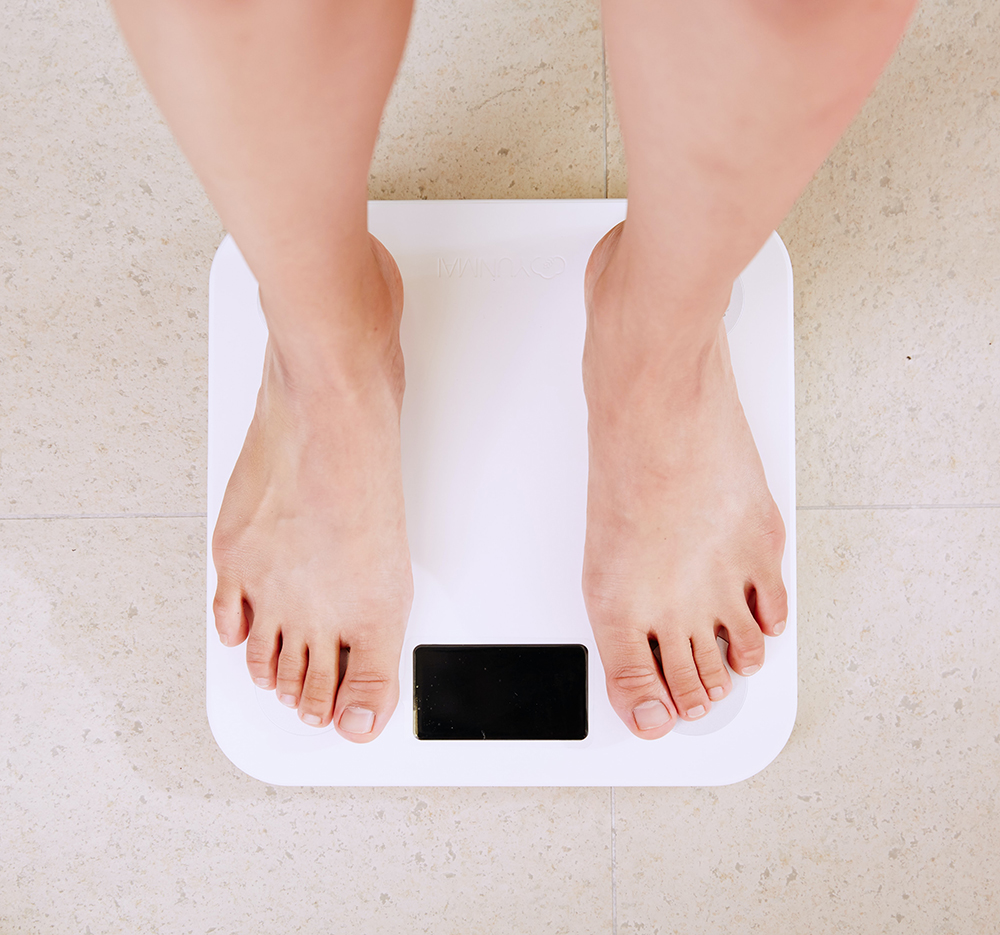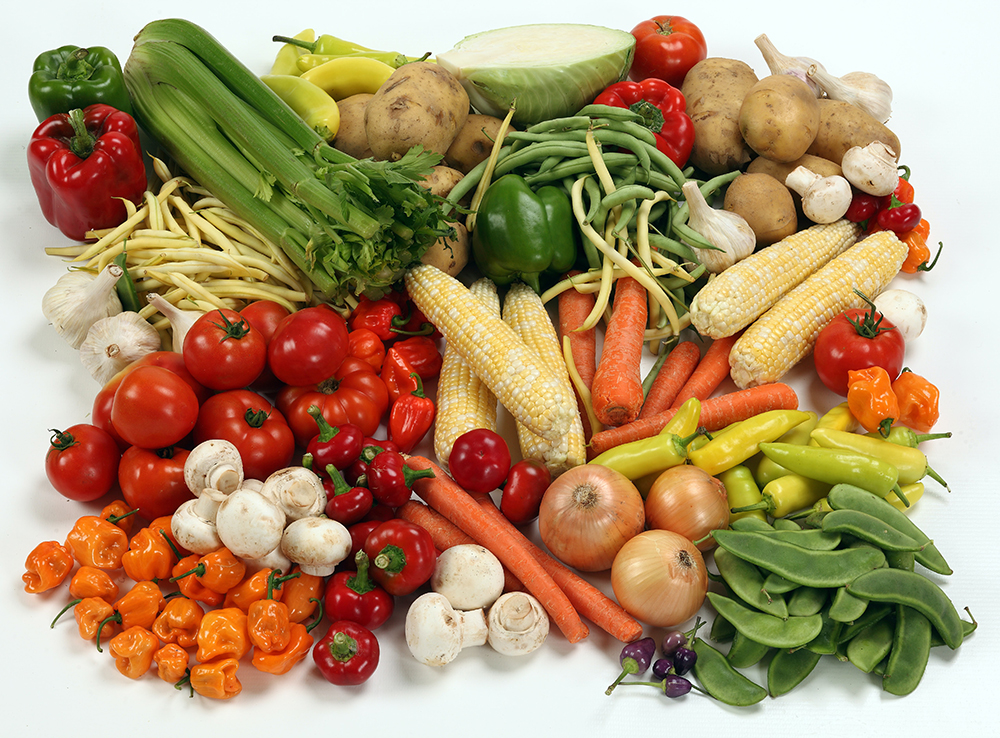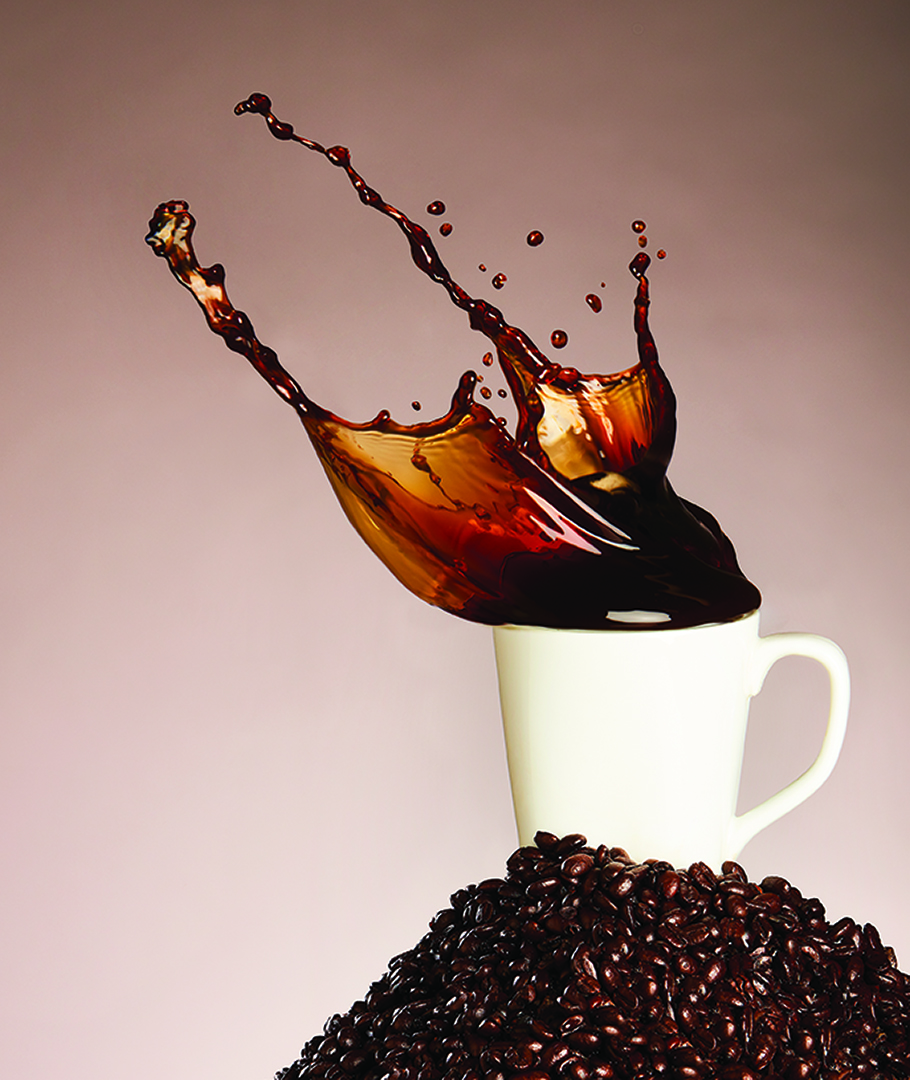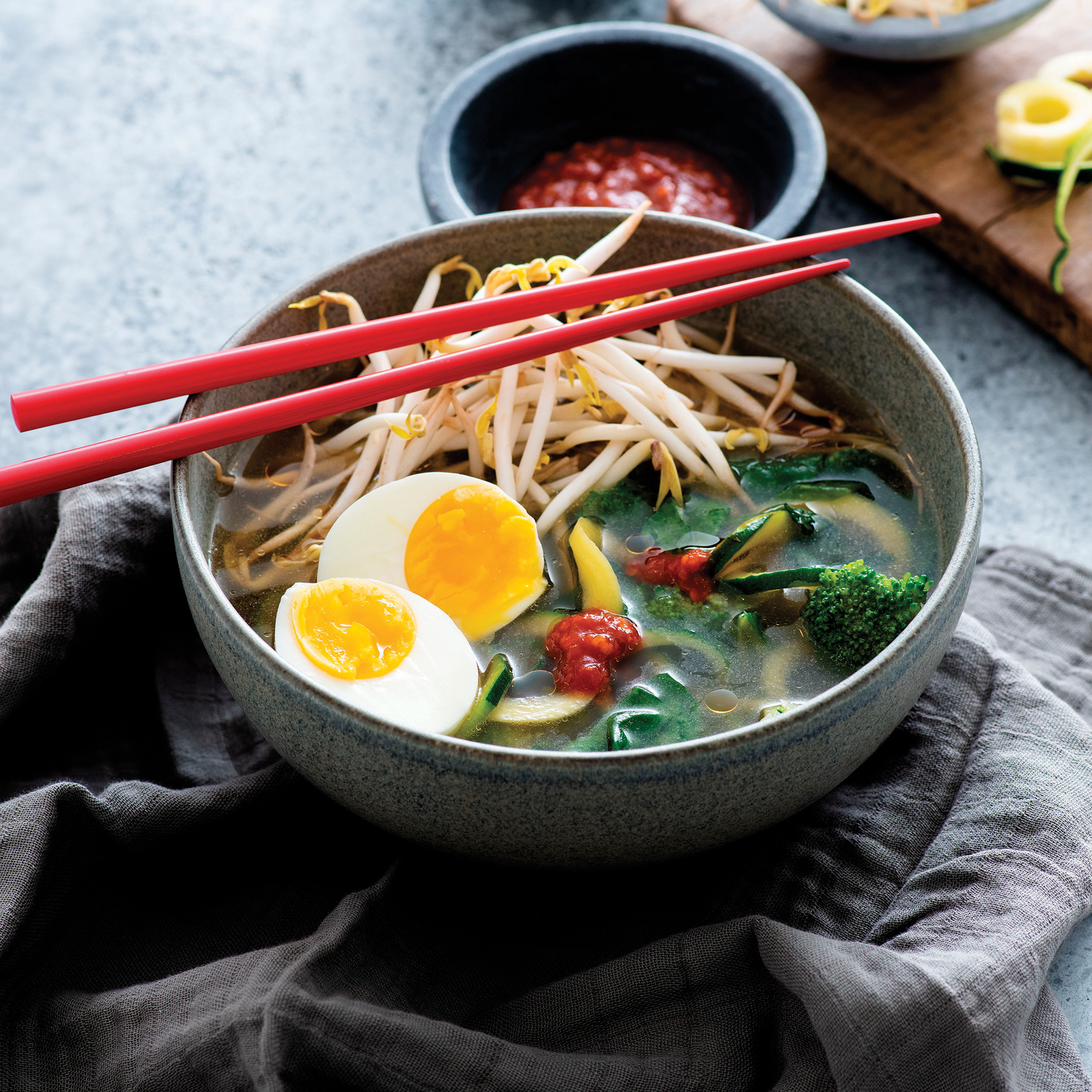By Dr. Shellie L. Rosen, PhD, DOM, L.Ac.
The spring equinox, when the sun crosses the celestial equator, occurs March 20 in the Northern Hemisphere. During an equinox, you can expect time to speed up, in a sense. Sunsets and sunrises around equinoxes are faster than at any other time because sunlight impacts our horizon at the steepest angles of the year. Then, the sun begins a dramatic decline, resulting in increasingly longer days until June 21, the summer solstice. An equinox affects all living things, from the bacteria in sourdough starter, to fish, to people, due to the changes in sunlight impacting circadian rhythms. You can expect everything to behave differently for the next month as a result. To encourage balance during circadian rhythm changes, you may consider L-theanine, an amino acid that helps support and balance the nervous system.
L-theanine uniquely stimulates and sharpens focus while simultaneously providing a sense of calm. L-theanine accomplishes this balance by increasing levels of GABA (gamma-amino butyric acid) while lessening the impact of excitatory brain chemicals. An increase in GABA leads to an increase in serotonin and dopamine, emotion regulating neurotransmitters that provide healthy focus and good feelings. L-theanine use also encourages alpha-wave activity, attention, and reaction time (Journal of Functional Foods, 2011). Alpha brain waves occur during states of calm, meditation, and REM states of sleep.
Seasonal changes can result in circadian rhythm disruption, stress, and anxiousness. The Journal of Plant Foods for Human Nutrition published a systematic review in March 2020 stating that taking 200-400 milligrams per day of L-theanine “may assist in the reduction of stress and anxiety in people exposed to stressful conditions.” L-theanine supplementation might be a helpful support to transition with ease into longer days. For morning and daytime L-theanine use, it is common to combine it with caffeine, called “stacking.” The notion is that L-theanine blocks the harsh jitters of caffeine while simultaneously enhancing the benefits of mental stimulation and focus. L-theanine promotes relaxation without sedative effects. Consider a two-to-one ratio when stacking L-theanine with caffeine. For example, if a cup of brewed coffee contains 100 milligrams of caffeine, stack 200 milligrams of L-theanine for balance. Some folks take L-theanine and sustained-release melatonin at night for a layered approach to restful states.
The primary natural source of L-theanine (N-ethyl-L-glutamine) is through the consumption of green and black teas. A typical cup of tea provides approximately 20 milligrams of L-theanine. Higher qualities of tea, such as the green “gyokuro” or the black “pu’er,” may deliver a higher L-theanine content. To provide yourself with a loading dose of L-theanine with demonstrable effects, you may choose to use a concentrated supplement form in 100 milligrams doses. Formulas that contain the “suntheanine®” form of L-theanine may provide a reliable dosage of the extracted and concentrated amino acid. My favorite way to receive L-theanine is from aged and fermented pu’er or ceremonial grade matcha. Nothing compares to the experience of well cultivated, crafted, and prepared tea. I enjoy tea’s natural “stack” of L-theanine with caffeine and supplementing with L-theanine during the spring equinox.
Abundant blessings! Happy spring! Dr. Shellie L. Rosen, PhD, DOM, L.Ac.












